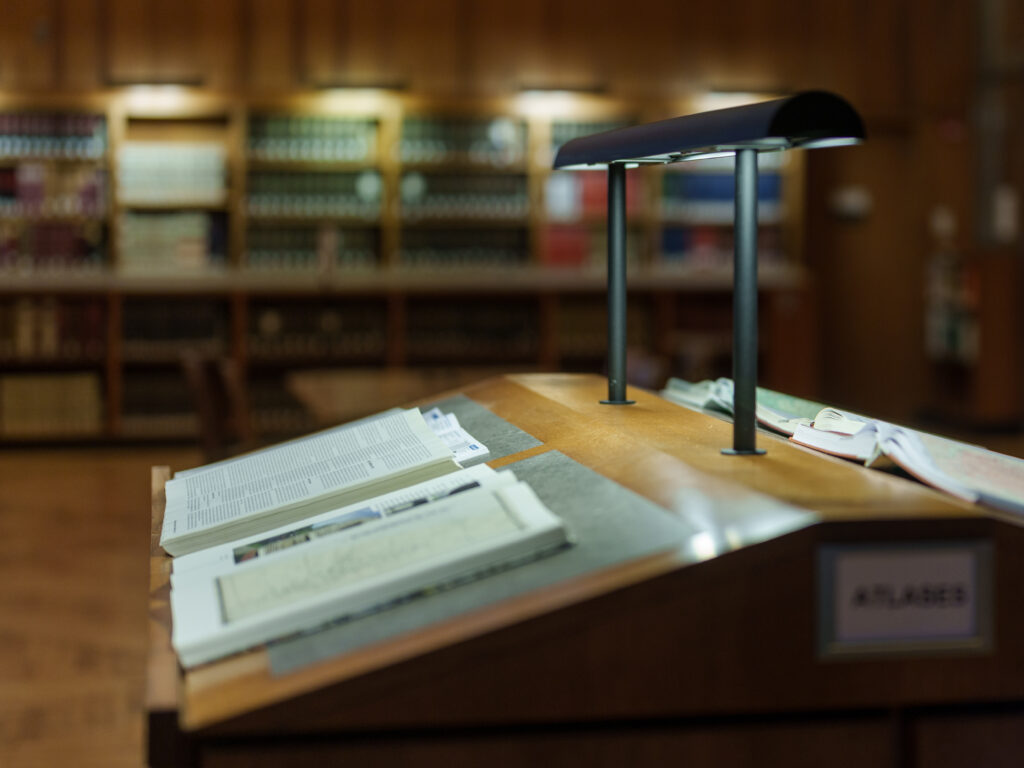
“So what does this data mean?” My professor asked, looking at me expectantly. What does the data mean? “What does this data tell you about the cancer cells?” If he thought rephrasing it made it any better, it didn’t. I am not quite sure what I said to save face (and frankly, I really do not want to remember), but I must have said something because my professor just nodded. “When you look at your data, I want you to create a story. It may be a mystery, but then you’d be providing a certain set of clues.”
It is very easy to get caught up in generating data, especially if the data is particularly tricky and you’re concerned about making sure it looks right, generating the right graphs, having the right axes, numbers and titles. It can be a headache. By the time the graphs are done, I would rather not look at it anymore or think too hard about the numbers. However, as lab reports and analysis questions stack up for our classes, it becomes prudent to know how to analyze these graphs. While I am not a seasoned veteran, I have a few tips that helped me approach these types of situations.
- Do not step away from the graph the moment you are done. If you think having a break from the graph will make your mind ‘fresher’ when you come back, it is going to backfire. Stick next to the graph while you still have the numbers in your mind, while the titles are still flying around in your head. You have a better grip on the material right after you have spent a bit of time just exposing yourself to it, even if you have not done actual analysis. Stay put!
- Go back to the beginning. What is the purpose of your experiment? What is the data trying to answer? Sometimes, this is not so straightforward since the data can seem far removed, so you really have to think about how the data connects to the question. This is also a good time to make sure that you know what this experiment is all about (I know certain classes have experiments that go on for weeks and by the end of it, you do not know what the question is anymore). Write that connection down, whether it’s in gibberish only you understand, or a formal paragraph.
- Go to your observations. Any errors? Do they correlate with error bars? Did the qualitative observations line up with the quantitative ones? Do the quantitative observations explain the qualitative ones? The observations can be steps you did in your experiment. For example, I had noticed all my cells died in a certain row of cells. Turns out, when I looked back on my procedure, I put a smaller amount of cells in that entire row; that’s why the cell count was so low (i.e.: it was not the drug’s doing, disappointingly). This is also the time to look at trends or patterns in the data. Do they connect to any observations? Do they connect to the purpose from step 2 in any way?
- Using the connection and observations, try to answer your question with numbers. Sometimes, we can be vague in answering the question of the experiment, but the more you use your numbers, the more you’ll realize that the data answers your purpose in multiple places. Just start by writing something basic, once you make one connection the rest will follow. I find that I have to go back and re-write my conclusion because I made a better connection just by trying to use the numbers to explain a different point later on in that conclusion.
- Rinse and repeat! After you’ve done this once, you should probably take a break from the data. You have enough analysis for your next data-staring session.
Ultimately, tell a story with the data. The beginning is the purpose, observations are the middle and the conclusion is resolving the mystery. With every piece of data, you add more to the mystery novel, crafting a tale out of chains of numbers, graphs and facts.
— Haya Elamir, Natural Sciences Correspondent

